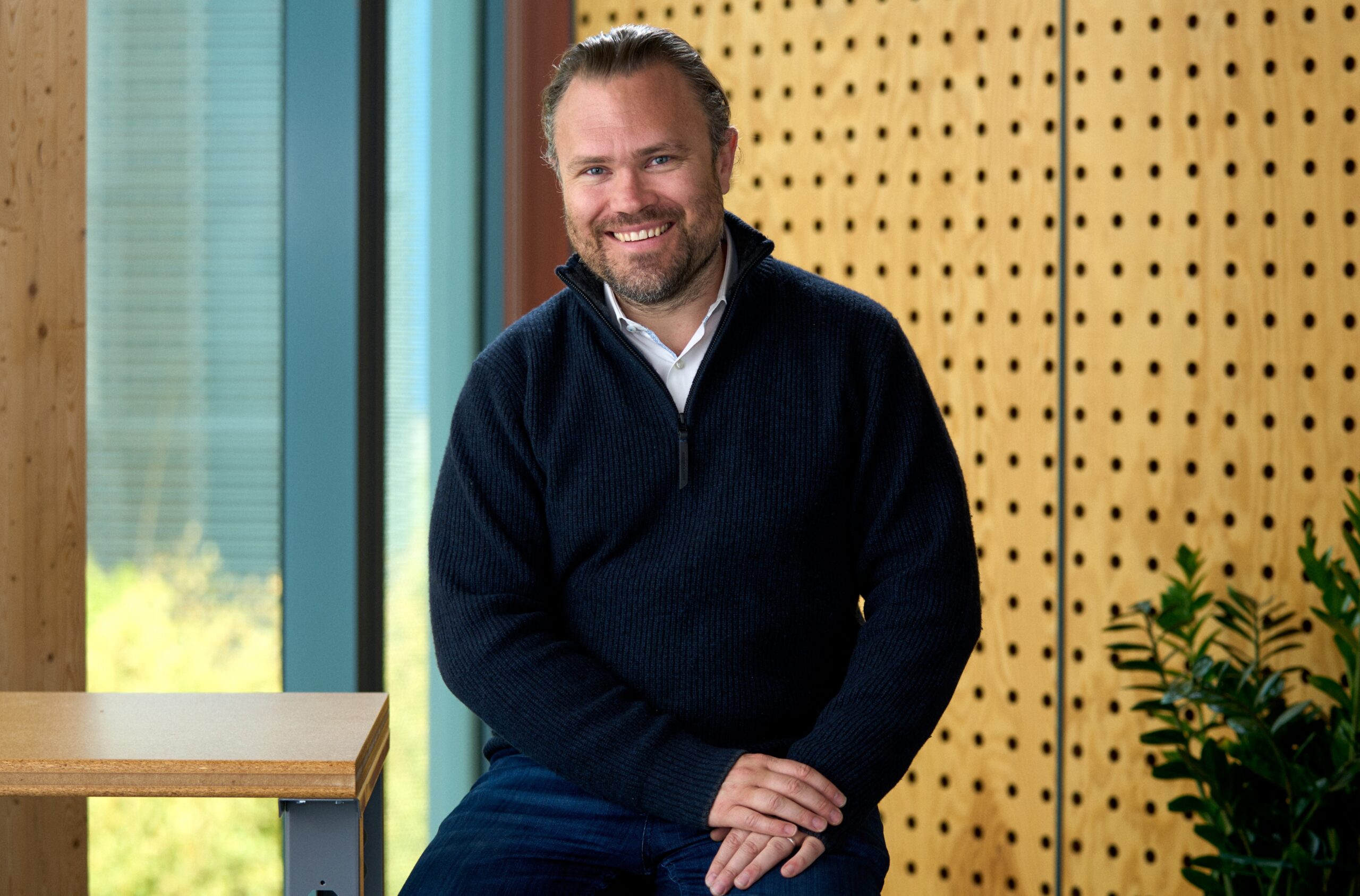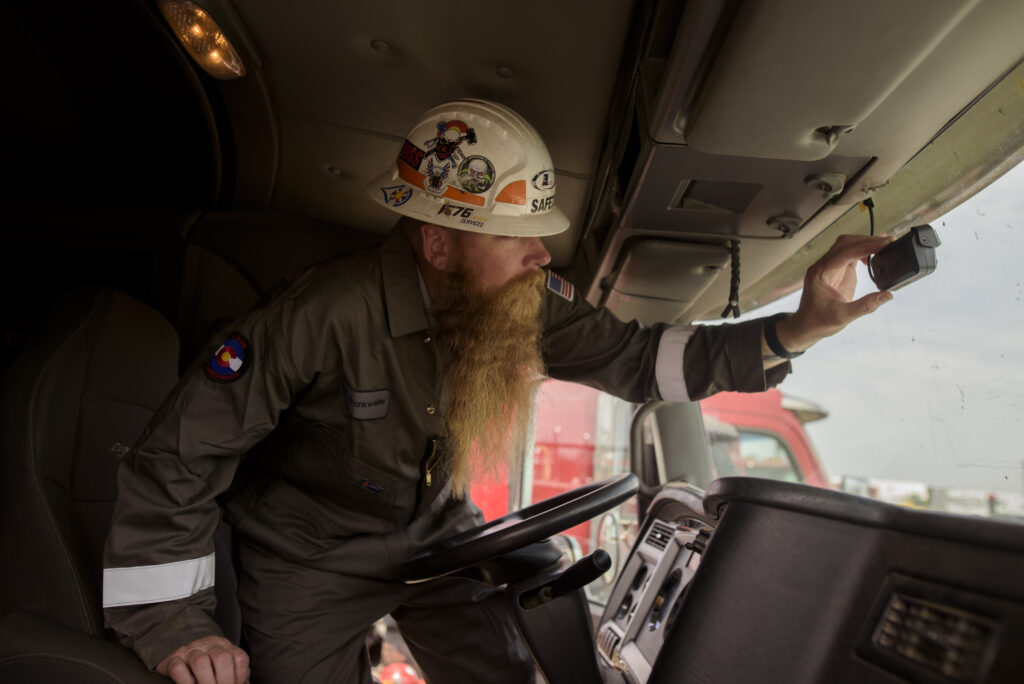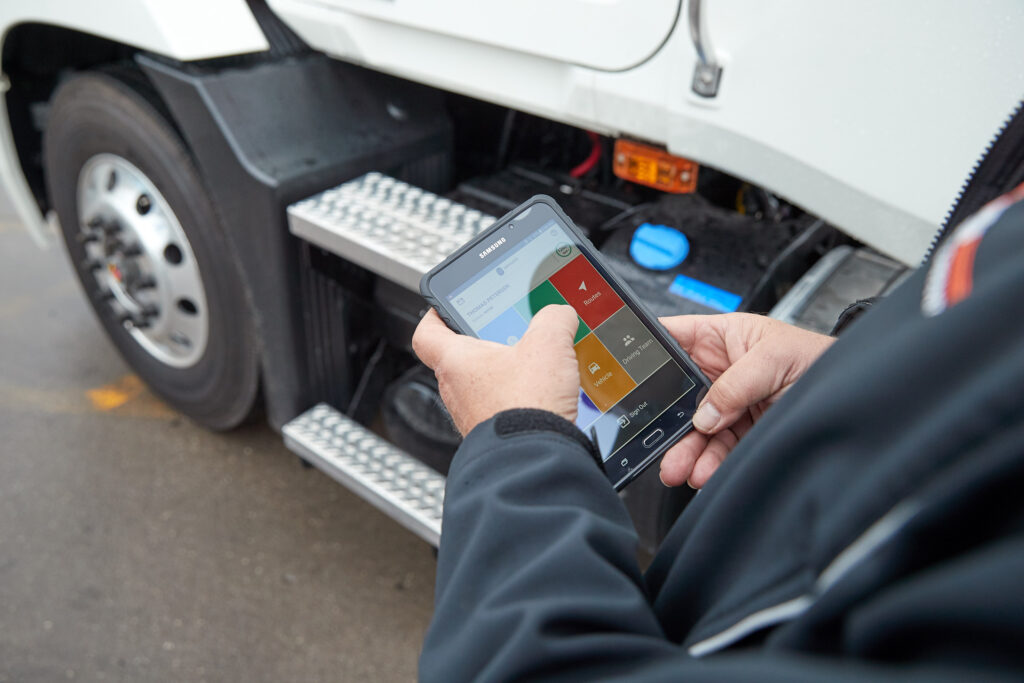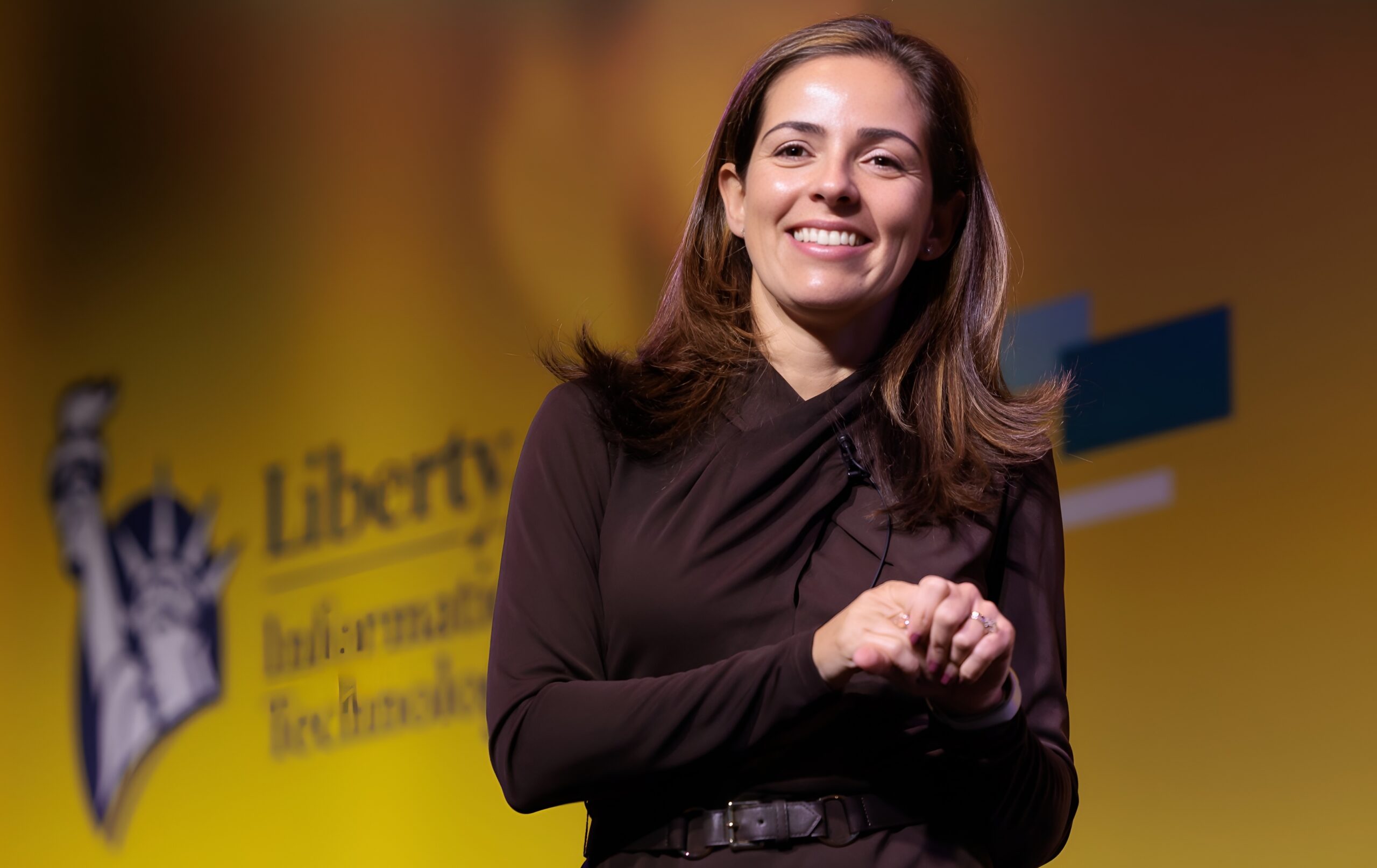Samsara is using AI to steer better driving behavior

Samsara, a software company that helps organizations with large vehicle fleets monitor and improve driver safety, has been layering on AI in recent years to surface deeper insights from its data. The company serves both managers and drivers, giving fleet leaders the tools to make operations safer, while helping drivers improve through feedback and gamification.
One thing it doesn’t want to do is be seen as Big Brother looking over drivers’ shoulders for mistakes. Instead, it wants to be perceived as providing useful feedback, rather than being overly punitive. Johan Land, Samsara SVP of product, engineering, safety and AI, acknowledges that when drivers first see the camera, they aren’t thrilled, but as they work with the system, many begin to see the value.
“If you think about giving feedback and helping people improve, you need to give some positive feedback balanced with some constructive feedback. On that journey, this combination is essential for driving real behavior change. So this whole thing is built into the system,” Land told FastForward.
By taking advantage of its vast data stores and integrating large language models, Samsara is finding new ways to improve its product and help make drivers safer.
Getting to work
Samsara gathers this data by installing cameras equipped with GPUs and dual SIM connectivity inside vehicles to monitor road conditions and how the driver is reacting to that. These cameras are equipped with on-device AI models to detect external risks like following too closely or potential collisions. They also look at internal behaviors such as whether a driver is using a mobile phone while driving or signs of driver drowsiness.
Having a camera on you all the time can be disconcerting for drivers, but the company tries to frame it in safety terms, particularly improving safety scores. To that end, when they detect unsafe behavior, they try to inform the driver in the moment. “If you're about to fall asleep, we wake you up. If you're rolling at a stop sign, instead of stopping properly, we inform you about that in real time,” Land said.

But they don’t stop there. They put the data to work by uploading it to the cloud where they run bigger models to analyze it and uncover deeper context. That enables managers to start seeing patterns of driver behaviors over time. “Then we use that information to help our customers coach the drivers to improve their driving performance, and by doing this we can prevent a tremendous number of accidents,” he said.
Leveraging data with AI
Like many data-driven companies, Samsara has been using machine learning models for quite some time, adding more sophisticated AI approaches as they have emerged. Today, Samsara is taking advantage of large language models to help customers make sense of all the data they are getting from the drivers and vehicles.
“The solution to the data problem from our perspective — like drowning in data — is to get to the insight, get to what's actionable, and then put that in front of the customers,” he said. “Then we iterate with the customers to show that it's relevant.”
“If there is one thing I want to campaign for, it’s that this industry needs more startups. Please come start companies in our industry. It’s great when new players come in and push the thinking.
He says that some of that processing is done at the edge, but due to compute limitations, the vast majority is being done in the cloud. “Most of the transformer-based and LLM-based processing is in the cloud, and there we run multimodal models that combine visual, text and telemetry data,” he said. That involves understanding content from the cameras, but also seeing patterns over time and applying AI-driven reasoning, which helps distinguish between scenarios like braking late because the driver wasn’t paying attention versus reacting appropriately to a sudden hazard.
Land sees a future where autonomous AI agents act as proactive assistants for fleet managers. “Agentic is, of course, on the immediate horizon, ensuring our customers have reasoning and dynamic access to the data, helping them to work through it to refine the recommendations,” he said.
Giving drivers access to data
A system like this shouldn’t be a one-way street where managers get to see data and give feedback to the drivers. The drivers should also have direct access to information about their performance to help them understand the data too. Samsara offers drivers a mobile app that lets them see performance data and progress to help in that regard.
The company is also bringing gamification to the app, rewarding drivers for constructive behaviors, offering gift cards and other incentives for meeting certain milestones like not picking up their phone for a certain number of miles. “Gamification is a key aspect, because we want it to be a positive experience,” he said. They want it to be about encouraging proper driver actions, rather than the app simply pointing out every time they do something wrong.

Instead, they are flipping that by using an incentive-based approach, while balancing it with negative feedback when it’s warranted. “So it starts with the positive and the gamification, and then the negative feedback is there as well. If they exhibit bad behavior, that gets tracked too, but it's a balanced approach,” he said.
Bringing startups into the mix
While Samsara develops much of its own technology, it also partners with startups to fill gaps where it hasn't invested deeply. The company sees itself as a platform provider, offering accessible APIs and operating a corporate venture arm to invest in startups that advance its market. Land is particularly enthusiastic about the role entrepreneurs can play, urging more startups to enter the industry.
“If there is one thing I want to campaign for, it’s that this industry needs more startups. Please come start companies in our industry,” he said. “It’s great when new players come in and push the thinking.”
He highlights Samsara’s platform and APIs as an on-ramp for partners, and the venture arm has invested in companies like Happy Robot. Happy Robot began as an AI voice agent for freight, but now offers a broader suite of communications tools for supply chain and logistics firms.
Samsara is betting that a mix of AI, data and driver buy-in can make the roads safer without alienating the people behind the wheel. It's also leaving room for outside innovation by partnering with startups and opening up its platform, rather than trying to build everything in-house. By doing so, the company hopes to strike the right balance between technological innovation and human needs.
Feature photo courtesy of Samsara.





